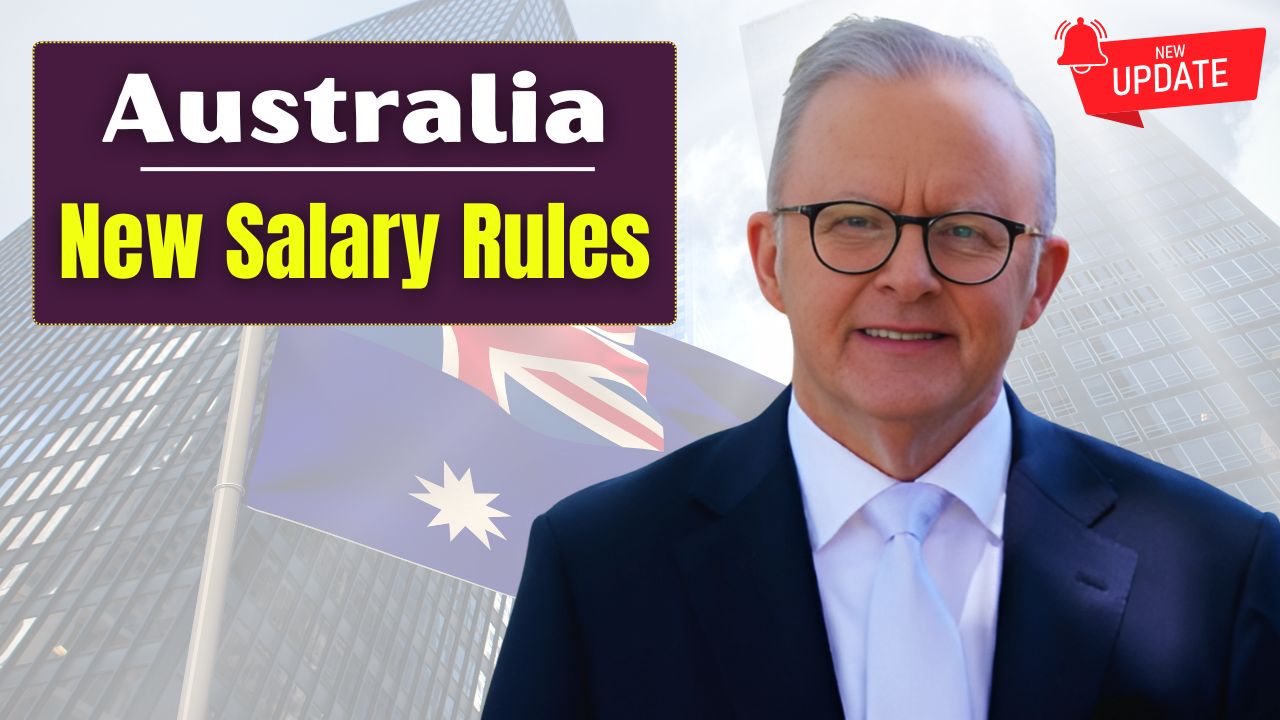The Australian government has officially announced that it will raise the income threshold for skilled visa holders starting 1 July 2025. This significant policy shift is part of a broader immigration reform aimed at attracting high-caliber talent while protecting the integrity of the labor market. The adjustment will impact thousands of prospective migrants and employers, creating ripple effects across industries and regional economies.
What is the Skilled Visa Income Threshold?
The Temporary Skilled Migration Income Threshold (TSMIT) is the minimum annual salary that an employer must offer a skilled migrant to sponsor them for a temporary work visa, such as the Subclass 482 (Temporary Skill Shortage) visa. The purpose of this threshold is to ensure that skilled migrants are not exploited and that local wages are not undercut.
Previously set at AUD $70,000, the TSMIT will be increased to AUD $73,150 as of 1 July 2025. While the numerical hike may appear modest, the change signals a stronger commitment by the Australian government to align immigration policies with economic conditions and labor market demands.
Why the Increase Now?
This move follows recommendations from the Migration Review Report 2023, which highlighted concerns about wage stagnation, workforce exploitation, and the mismatch between migration settings and Australia’s evolving economy. The report emphasized that skilled migrants should contribute to productivity growth, not serve as a low-wage substitute for domestic labor.
Raising the TSMIT aligns with Australia’s ongoing strategy to create a “smaller, better-planned, and more focused” migration intake that targets high-skilled professionals, particularly in areas like technology, healthcare, and engineering. It also attempts to correct wage disparity and improve working conditions for both migrants and Australian workers.
Implications for Employers
Employers who rely on skilled migration will need to revisit their recruitment budgets and employment packages. Sponsoring overseas talent will become slightly more expensive, and businesses that have been offering salaries close to the previous threshold will need to adjust their offerings.
Industries such as aged care, hospitality, agriculture, and construction which often employ temporary skilled workers may face challenges in maintaining profitability while staying compliant. However, sectors offering mid-to-high income positions, such as IT and finance, are unlikely to be significantly affected.
Employers will also be expected to provide clearer evidence that they cannot find suitable local talent before turning to overseas recruitment, reinforcing the need for a genuine skills-based immigration system.
Impact on Skilled Migrants
For prospective visa applicants, the new income threshold might serve as both a filter and a benchmark. Applicants earning below the threshold will no longer be eligible for temporary skilled visas unless exempted under specific regional or sectoral programs.
While this may reduce the overall number of skilled visa applicants, it could enhance the quality and economic integration of those who do come. The government hopes this will lead to better settlement outcomes, career progression, and long-term contribution to the Australian economy.
Applicants already in the system or planning to apply before July 2025 will likely rush to lodge their applications under the current threshold, leading to an expected surge in visa submissions in the months leading up to the deadline.
Long-Term Vision for Migration Reform
This income threshold adjustment is just one element of Australia’s Migration Strategy 2024–2030, which envisions a more responsive, transparent, and fair migration system. The long-term goal is to shift the migration focus toward permanent residency pathways, reduce reliance on temporary visas, and attract global talent that aligns with Australia’s national priorities.
By lifting the income bar, the government is sending a clear message: Australia wants skilled migrants who are not only employable but can thrive, contribute, and integrate into the social and economic fabric of the country.
Regional and Sectoral Considerations
While the TSMIT increase is nation-wide, there is growing pressure for the government to introduce flexibility for regional areas and sectors facing acute labor shortages. Agriculture, for instance, has long called for exemptions and industry-specific pathways.
Future reforms may include sector-specific wage thresholds or regional concessions, especially if the new income requirements cause an unintended decline in migration flows to critical sectors or remote regions. The government has hinted that tailored approaches may be introduced, depending on economic indicators and feedback from industry stakeholders.
Final Thoughts
The decision to raise the Skilled Visa Income Threshold from 1 July 2025 is a landmark change in Australia’s immigration framework. While it may initially strain some sectors and applicants, the long-term objective is clear: to build a more skilled, fair, and sustainable migration system.
As global competition for talent intensifies, Australia’s challenge will be to maintain its attractiveness while ensuring that migration serves the national interest. Striking that balance will define the next era of Australian immigration policy.




